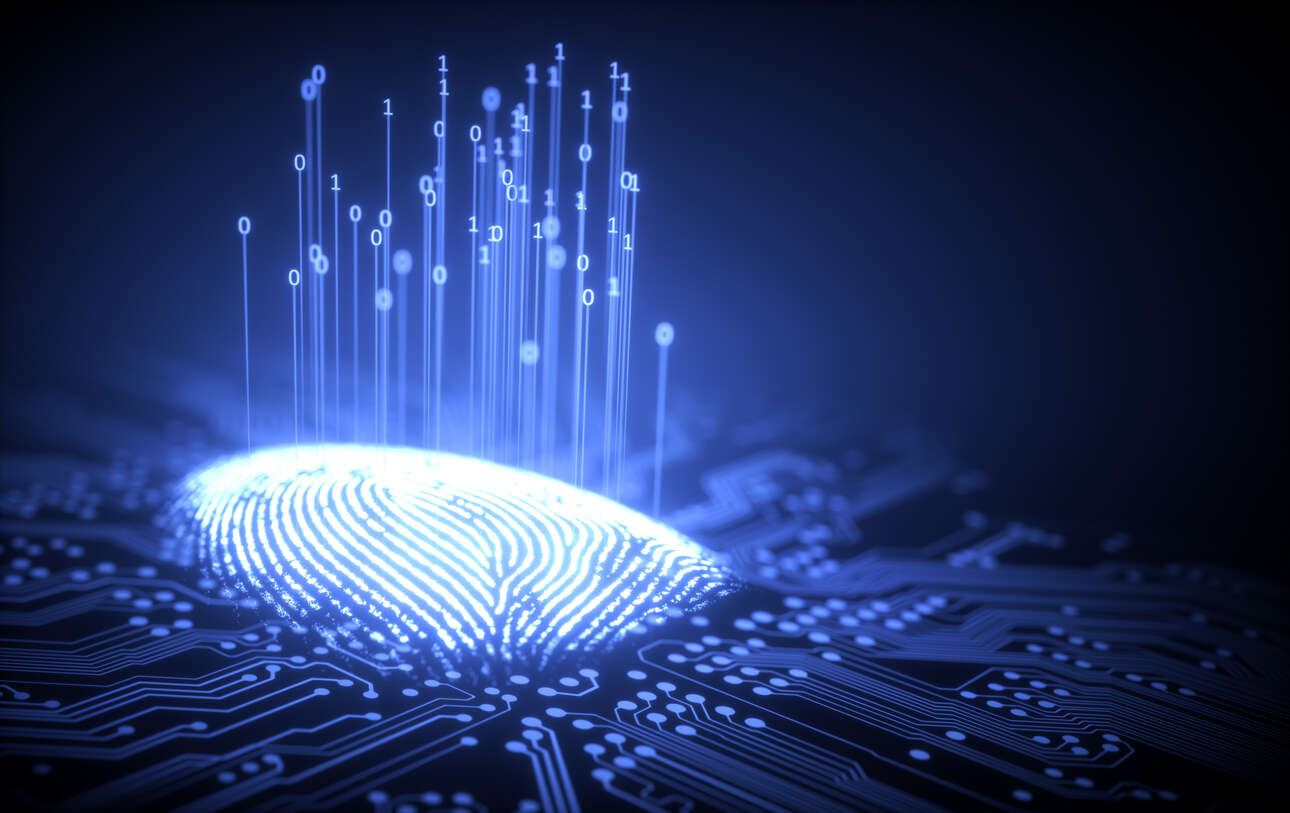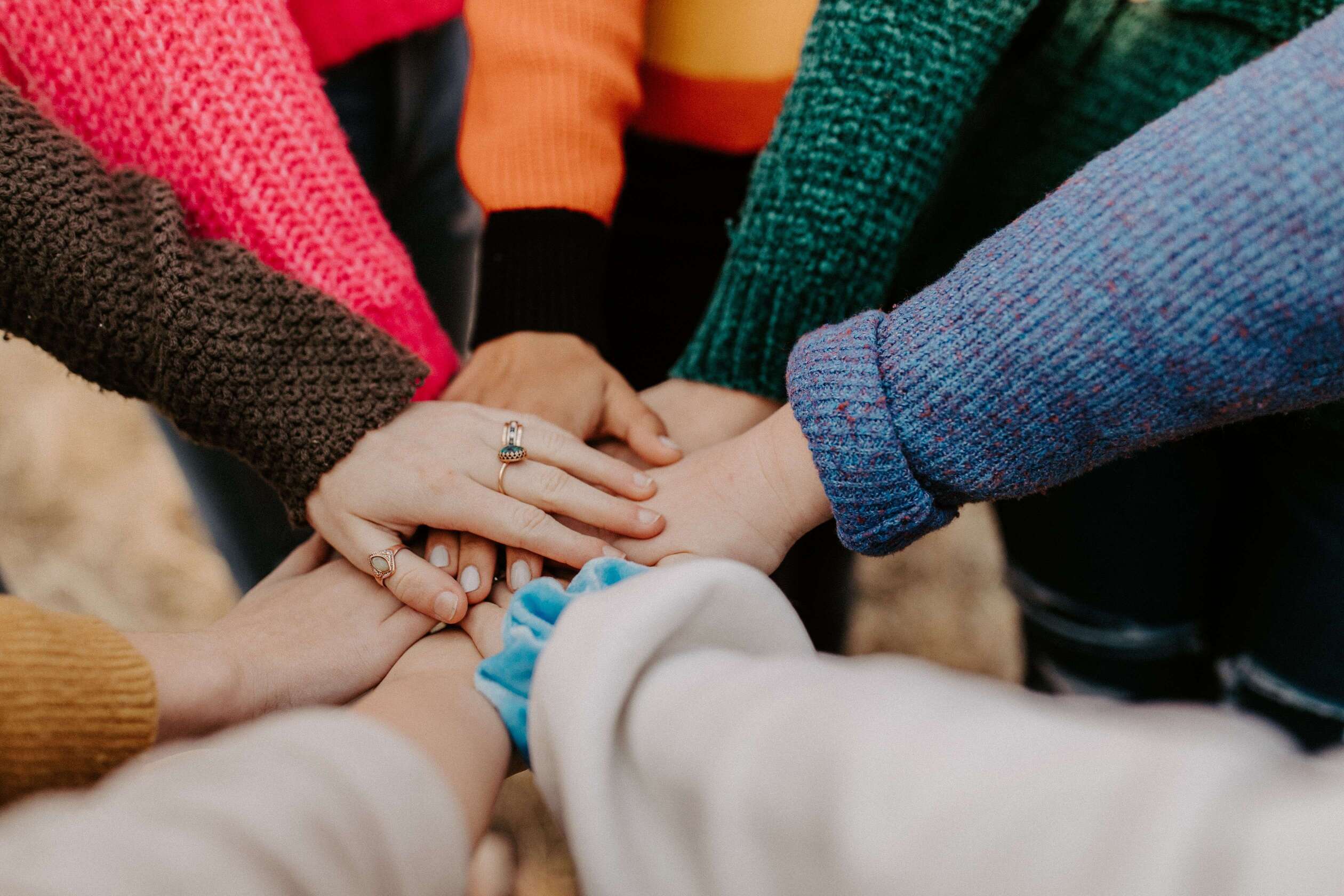Explore the most common DAO tools ! pt.2
Oltre alle 6 categorie principali analizzate nella lezione precedente, sul mercato si trovano ulteriori DAO tools. Immergiti per conoscere i migliori strumenti di business per la tua DAO e la loro importanza !

7. Discussion:
a. Discourse: un moderno forum open source per discutere questioni di governance rilevanti per il DAO.
b. Discord: un'app di chat vocale, video e testuale per parlare con la community.
c. Telegram: applicazione di messaggistica focalizzata su velocità sicurezza; i gruppi di Telegram possono avere fino a 200.000 membri.
d. Twitter: servizio sociale di notizie e blogging.
e. Signal: app di messaggistica privata preferita dalle persone che apprezzano la privacy, indipendentemente dalla struttura DAO, i membri devono comunicare in modo efficace su larga scala e questi strumenti di comunicazione DAO consentono ai team decentralizzati di interagire 24 ore su 24, 7 giorni su 7.
8. Content/Product:
a. Mirror: la prima piattaforma di pubblicazione decentralizzata per scrittori, rivoluziona il modo in cui esprimiamo, condividiamo e monetizziamo i nostri pensieri.
b. GitHub: è un sito di social networking per programmatori.
c. Medium: piattaforma di pubblicazione online.
9. Fronted & Analytics:
a. DeepDAO: un altro strumento per analizzare e condividere ogni metrica dell'ecosistema DAO.
b. Board room: ci sono molti DAO e framework di governance e, come collaboratore di DAO, è difficile tenersi aggiornati con le ultime proposte. Anche le interfacce per ogni DAO sono diverse. Boardroom offre un luogo centrale in cui i partecipanti possano vedere, a colpo d'occhio, tutti i DAO a cui hanno aderito e comprendere i requisiti di voto associati.
c. DAOHaus: è una piattaforma senza codice per l'avvio e il funzionamento di DAOs.
d. Messari: fornisce informazioni di mercato per l’economia crypto, portando analisi quantitative/qualitative per una partecipazione più intelligente.

10. Compensation:
a. Superfluid: è uno strumento di pagamento in tempo reale che consente pagamenti programmabili e in streaming.
b. Opolis: consente ai lavoratori indipendenti (come liberi professionisti o collaboratori DAO) di accedere a vantaggi tipicamente riservati alle aziende (ad es. Assicurazione medica e piani pensionistici).
c. Roll: La rete Roll conia gettoni digitali marchiati, a cui si riferisce come denaro sociale . Questi token consentono a un creatore di possedere, controllare e coordinare il valore all'interno della propria comunità.
d. Sablier: strumento per le buste paga basato su Ethereum, Polygon e Binance Smart Chain.
e. Smart Invoice: è un sofisticato strumento di fatturazione che gestisce i pagamenti tra organizzazioni (chiamate anche "clienti") e liberi professionisti (chiamati anche "fornitori").
f. Utopia: è un'app che si collega a Gnosis Safes e consente ai gestori DAO di impostare pagamenti ricorrenti (ad esempio stipendi), ricevere richieste di pagamento/rimborso dai membri e creare una cronologia delle transazioni annotata per i pagamenti approvati e rifiutati.
11. Access:
a. Collab.land: controlla l’accesso a gruppi o funzioni protette da token. Cura l'appartenenza in base alla proprietà del token, confermando che ogni potenziale membro possiede i token richiesti per aderire e partecipare alla community, con controlli di routine per confermare che i membri soddisfino continuamente i requisiti.
b. Unlock protocol: fornisce ai creatori la possibilità di aggiungere "lucchetti" ai loro contenuti o alle loro creazioni per assicurarsi che solo i membri possano accedervi. Il lucchetto è un contratto intelligente distribuito sulla blockchain di Ethereum che definisce i termini dell’ iscrizione.
c. Mintgate: è una piattaforma che consente agli utenti di creare nuovi NFT che possono includere contenuti sbloccabili o generare collegamenti controllati per i possessori di token. Il token gating è, quindi, un modo per potenziare un NFT, conferendogli più valore. Oltre a possedere il contenuto in un NFT video o audio, puoi anche garantire che solo i suoi titolari possano accedere a quel contenuto.
Quando crei un NFT standard, solo una o un numero selezionato di persone può possederlo e venderlo, ma chiunque può comunque visualizzare l'arte o il contenuto a cui fa riferimento. Mintegate è particolarmente utile per mantenere le informazioni sensibili per il pubblico giusto, in quanto il tuo contenuto passa dall'essere un materiale di consumo a una merce che controlli completamente.

12. Identity:
a. ENS: prende esattamente lo stesso concetto del Domain Name Service (DNS) ma lo adatta alle esigenze degli utenti di Ethereum.
b. IDX: è un nuovo protocollo di gestione decentralizzata dell'identità e dei dati degli utenti tra ecosistemi che offre agli utenti un modo per godere dei vantaggi di avere un'unica identità digitale unificata che funziona con tutte le piattaforme Web3.
c. BrightID: consente alle persone di dimostrare alle applicazioni che non stanno utilizzando più account. Cerca di risolvere il problema dell'identità univoca attraverso la creazione e l'analisi di un grafico sociale.
Nessuno può creare più account. Tutti gli utenti hanno il proprio BrightID univoco.
La realtà è che praticamente ogni DAO di successo inizia con una comunità impegnata e attiva. Costruire una comunità dovrebbe essere il primo della lista.

Una delle cose più importanti nell'impostazione del progetto pilota è assicurarsi che siano coinvolte le persone giuste.
Raccomandiamo di coinvolgere un team eterogeneo, composto da persone in grado di :
● comprendere l'impatto delle DAO sulla vostra organizzazione e sui suoi stakeholder;
● comprendere le tecnologie alla base delle DAO;
● comunicare le opportunità e le implicazioni delle DAO in tutta l'organizzazione.
Ricordati che se decidi di costruire una DAO, la tua comunità sarà il fattore determinante del tuo successo.
Contrariamente alla credenza popolare, costruire una community non significa solo avere un Discord, un gruppo Telegram o postare su Crypto Twitter. Una fiorente comunità è il risultato di costruttori e appassionati di Web3 che mettono al primo posto i propri utenti e sostenitori.
Se hai un feedback su questo pezzo, contattaci o condividi il contenuto !